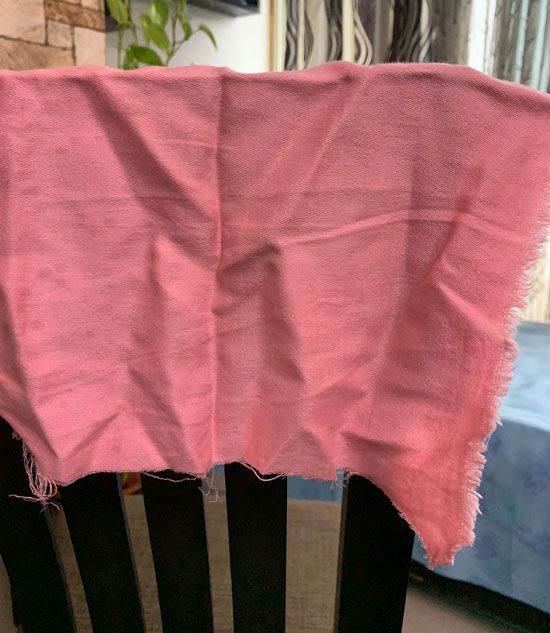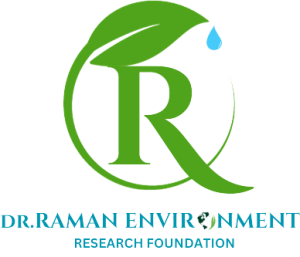Phytochemicals & natural dyes

H.Buddleoids, Bractein-Antibacterial- Natural Dyes
Phytochemicals are plant-based bioactive compounds produced by plants for their protection. They can be derived from various sources such as whole grains, fruits, vegetables, nuts, and herbs, and more than a thousand phytochemicals have been discovered to date.
Some of the significant phytochemicals are carotenoids, polyphenols, isoprenoids, phytosterols, saponins, dietary fibers, and certain polysaccharides. These phytochemicals possess strong antioxidant activities and exhibit antimicrobial, antidiarrheal, anthelmintic, antiallergic, antispasmodic, and antiviral activities.
They also help to regulate gene transcription, enhance gap junction communication, improve immunity, and provide protection against lung and prostate cancers. The recent focus on translational research has enhanced the dimensions of functional foods. Phytochemicals, after extraction from various sources, find profound application in the development of functional foods and nutraceuticals.
Phytochemicals exhibit variations in their affinity for solvents and tolerance to heat. The selection of the solvent also affects the quality of the recovered phytochemical and its application in the development of food and nutraceutical products. The solvents can be divided into green solvents [water, ethanol, glycerol, fatty acids/oils, acetic acid, ionic liquids, carbon dioxide (CO2), deep eutectic solvents and natural deep eutectic solvents (NADES), etc.] and other solvents such as acetone, chloroform, butanol, methanol, ethyl acetate, methyl acetate, benzene, hexane, cyclohexane, etc.. Loss in functional properties can occur with the use of non-compatible solvents and varied exposure to different temperatures.
Additionally, extraction efficiency depends upon the matrix in which the phytochemical is present. Several matrix-related characteristics, such as matrix type, structure, pre-treatment, particle size, and solid–liquid ratios influence the extraction efficiencies of phytochemicals and extraction techniques. To ensure quality products, phytochemicals must be extracted from the source crop in a manner that retains their natural structure and properties. Hence, it is imperative to select a suitable method of phytochemical extraction. Some of the widely used conventional methods are maceration, percolation, decoction, reflux extraction, and Soxhlet extraction, and the novel methods are pressurized liquid extraction (PLE), high hydrostatic pressure extraction (HHP), microwave-assisted extraction (MAE), ultrasound-assisted extraction (UAE), pulsed electric field extraction (PEF), vibro-cavitation extraction, extraction under vacuum-oscillating boiling conditions, extractions in mills, extraction in rotary-pulsation apparatus (RPE), liquid gas extraction (LGS), enzyme-assisted extraction (EAE), supercritical fluid extraction (SFE), and natural deep eutectic solvent extraction (NADES). This article discusses the suitability of phytochemical extraction methods under different extraction conditions such as substrate type, type of matrix, the solvent used, extraction temperature, etc.
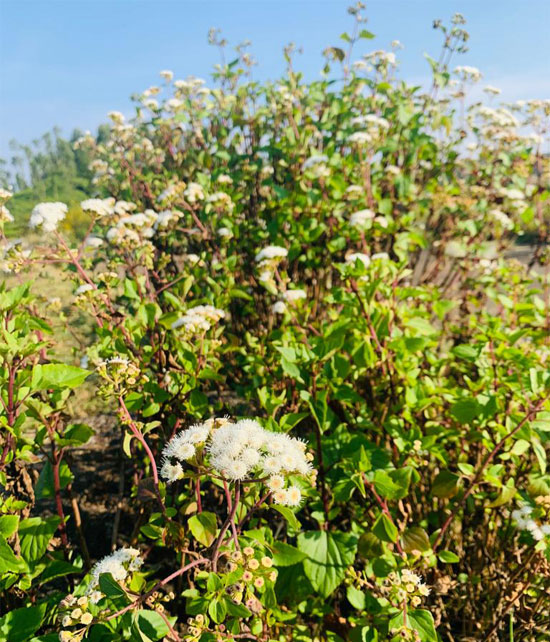
Our experts will guide to select the right method of phytochemical extraction that will help them to develop better quality functional foods and nutraceuticals with the highest natural properties.


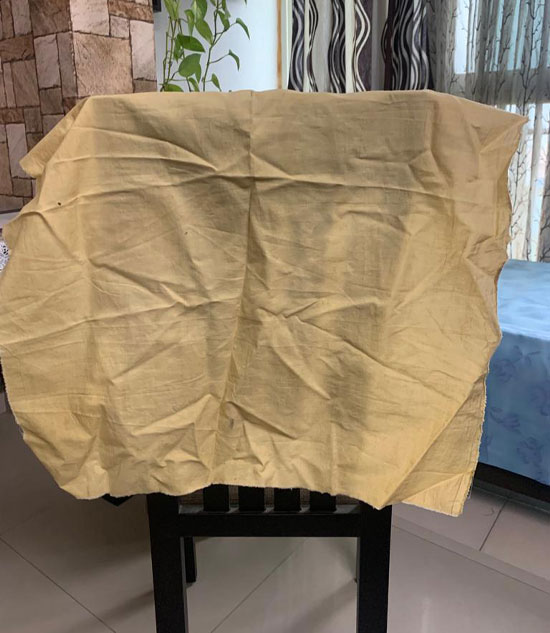
Natural dye from HELICHRYSUM FLOWERS
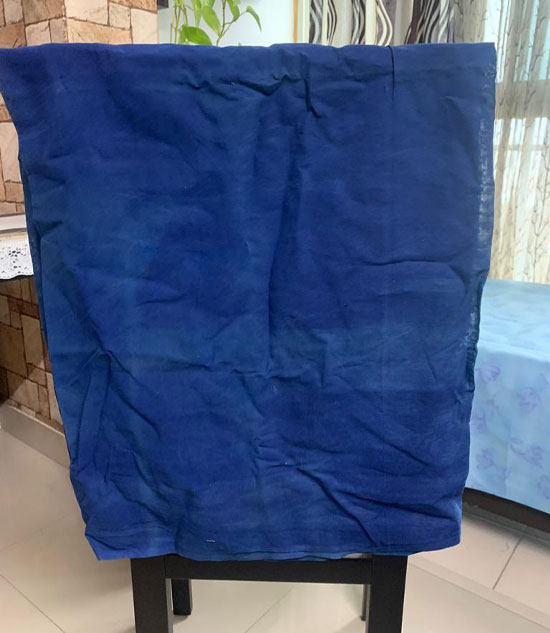
Natural dye from INDIGO
